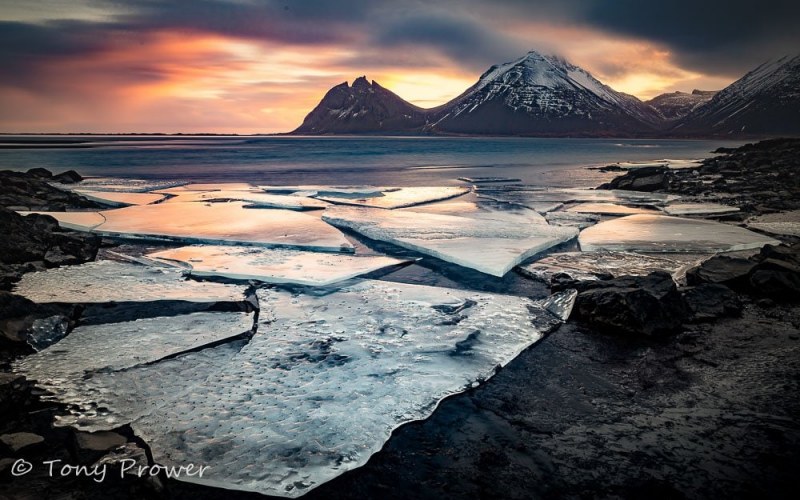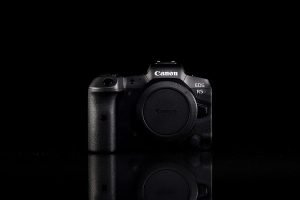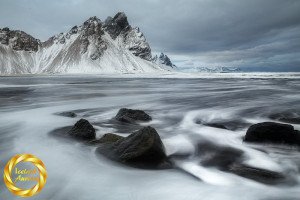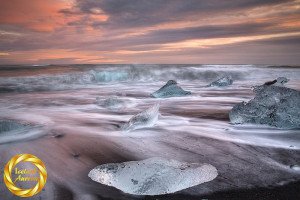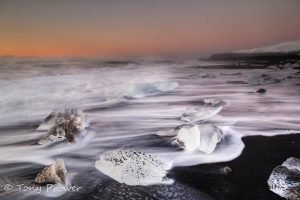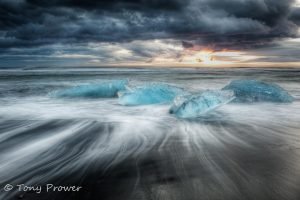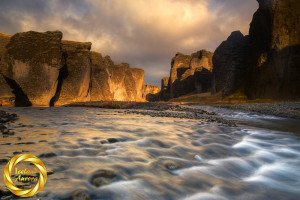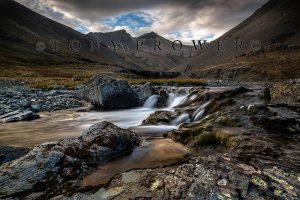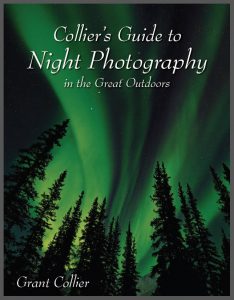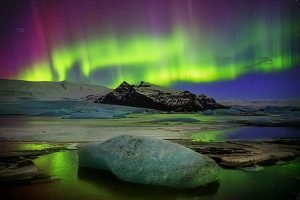How do I develop my vision?
Photography is a highly effective form of visual communication. You could consider your lens is your third eye, but how do you learn to see better and translate your visual skills to your camera? Having good eyesight helps, but understanding eyesight can help even more. Remember that lenses and senors are based on the design of the eye, while the intelligence in your digital camera is somewhat designed on what we know of the human brain.
Eye-catching
What is your visual interest? I think it is important to start with what you are visually interested in. If we all saw the same, there would be no point in photography. Think about what catches your eye enough to say “look” to passing strangers. Some people like colours, others like shapes and some go mad for textures.
Start studying these things that catch your eye and ask;
- is it better in a certain light?
- is it high or low contrast?
- what conditions make it more attractive?
- what makes it less appealing?
Plastic Brains
I believe in brain plasticity. The part of the brain that deals with vision is called the occipital lobe (or visual cortex). Brain plasticity means that if you exercise your vision, this part of the brain will grow, even in an adult brain.
“The eye altering alters all.”
William Blake – The Mental Traveller.
Change of Scenery
What this suggests is that your entire visual process from eye to brain is only as good as the visual environment you have experienced. I grew up in a concrete jungle in Rowner, Gosport, Hants. The entire landscape was flat, except for right-angles and concrete. Now this doesn’t mean that my brain could only see flat horizons and right angles because my environment contained other shapes, images, tv etc. But it was clear that if I wanted to develop my eye as a landscape photographer, a change of scenery was required.
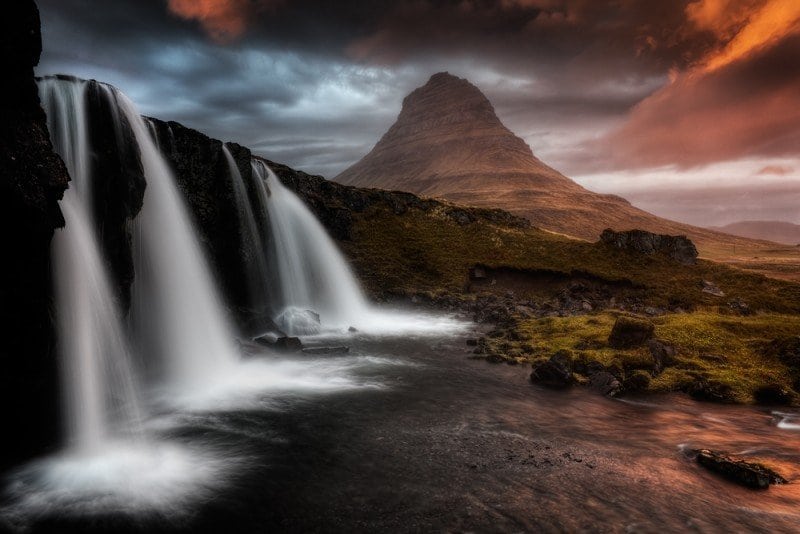
Travel Broadens the Eye
Just like the well known mind expanding side-effects of travel, being challenged by novel scenery has it’s benefits. Putting yourself in a strange environment will really make your visual senses work hard. Consider an endless beach compared to a busy street in India and how these 2 environments will work your eyes in different ways. The benefits of travel are even better if you can travel with like minded photographers. Learning from each other is a new environment is hard to beat.
Take a deep breath
Before he became enlightened, the Buddha noticed that if you become aware of your breathing, your thoughts quiet down. Breathing techniques are the foundation of many styles of Yoga and meditation which can develop your ability to see. For example, Kundalini Yoga features the rapid breath of fire which can raise your awareness to a new level, thus altering your visual perception. Deep or Diaphram Breathing can restore the body’s ability to heal.
If anything gets in the way of your visual brain working it is likely to be the verbal chatter from your left brain. Being able to reduce this chatter or even silence it allows the more creative, right brain to take over. If Yoga and meditation are not your bag, then you could at least try to reduce the mathematics in your shooting by allowing the camera to do the work in the semi-automatic modes. Once you camera is set up (which does require thought) the photographer then has a more creative mind to compose the scene.
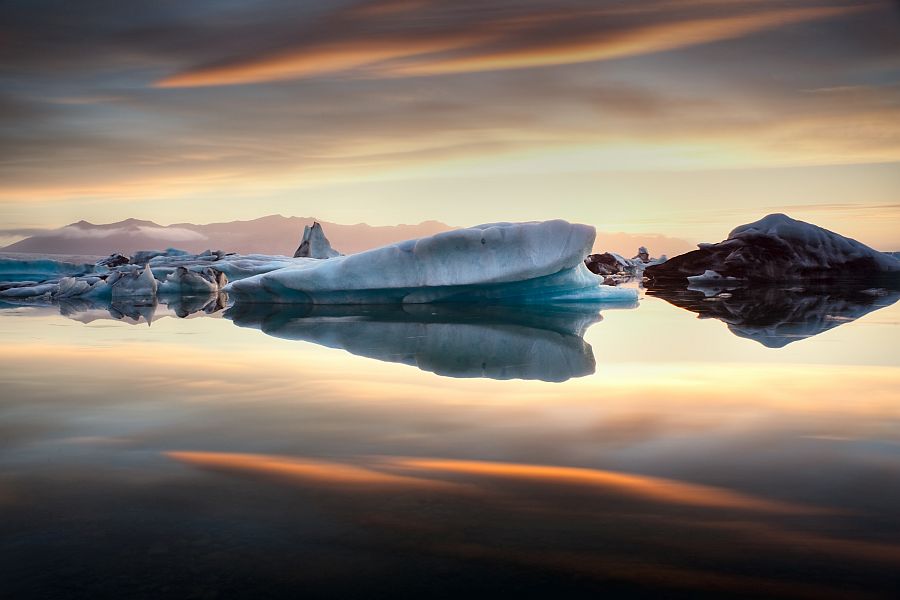
Make my photos work
How do you apply your newly expanded visual brain to your photography? In light of the concepts raised in this posts, the conclusion would be to study the photography you aspire to create. For example, if you want to photograph faces, study portrait images and if you want to be a scenic photographer, study some landscape photos. But above all explore with your lens as much as you do with your eyes.
Be aware of obstacles to your photography, like a turbulent mind. You could have the best camera in the world, but if your brain is not tuned into the scene, the camera wont cover for you. It is those first few moments of you witnessing a scene that contains the emotions. The trick is to sustain that moment long enough for you to take a photograph.
